Introduction
Chaozhou-style zongzi, a beloved culinary treasure from China’s Guangdong Province, represents a harmonious blend of textures, flavors, and cultural heritage. These pyramid-shaped rice dumplings, wrapped in bamboo leaves, are a staple during festivals like Dragon Boat Festival, though their savory allure transcends seasonal boundaries. Unlike their Hokkien or Hakka counterparts, Chaozhou zongzi boast a distinctive profile—sweetened with chestnuts and lotus seeds yet balanced by savory elements like salted egg yolk and dried shrimp. This article delves into the intricate process of crafting these delicate parcels, from sourcing ingredients to mastering the folding technique. Whether you’re a novice cook or a seasoned enthusiast, this guide will equip you with the knowledge to recreate this timeless delicacy in your own kitchen.
The Cultural Significance of Chaozhou Zongzi
Before diving into the recipe, it’s essential to appreciate the cultural tapestry woven into each zongzi. Originating over a millennium ago, these dumplings were initially prepared to honor the poet Qu Yuan, whose legacy is celebrated during the Dragon Boat Festival. Today, they symbolize unity, gratitude, and the preservation of tradition. In Chaozhou, families gather to prepare zongzi, passing down recipes and techniques through generations. Each region in Guangdong adds its own twist, but Chaozhou’s version stands out for its balance of sweet and savory notes—a reflection of the area’s culinary philosophy.
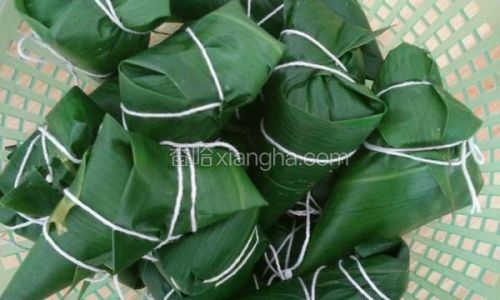
Ingredients: Assembling the Essentials
Creating authentic Chaozhou zongzi requires meticulous ingredient selection. Here’s a breakdown of the key components:
- Sticky Rice (Glutinous Rice): The foundation of zongzi, sticky rice provides the signature chewy texture. Soak 500 grams in water for at least six hours to soften.
- Pork Belly: Opt for marbled pork belly (300 grams), cubed and marinated in soy sauce, five-spice powder, sugar, and rice wine for richness.
- Mung Beans: Shelled and split mung beans (200 grams) add a creamy, earthy element. Roast them until golden before grinding coarsely.
- Chestnuts: Fresh or vacuum-packed chestnuts (100 grams) impart a sweet, nutty flavor. Boil until tender.
- Salted Egg Yolks: Six yolks, halved, contribute a briny, buttery richness.
- Dried Shrimp: Soak 50 grams in warm water to rehydrate, then chop finely for umami depth.
- Lotus Seeds: Dried lotus seeds (50 grams) add a floral sweetness. Boil until soft.
- Bamboo Leaves: Fresh or dried leaves (20–25) require soaking in hot water to soften. Trim the stems and wipe clean.
- Seasonings: Soy sauce, oyster sauce, sesame oil, white pepper, and sugar for marinating and flavoring.
- Optional Additions: Dried mushrooms, Chinese sausage, or peanuts for added complexity.
Preparation: The Ritual of Marination and Mixing
The success of Chaozhou zongzi hinges on proper marination and ingredient harmony. Begin by marinating the pork belly: combine cubed meat with 2 tablespoons soy sauce, 1 tablespoon five-spice powder, 1 teaspoon sugar, and 1 tablespoon rice wine. Let it rest for 2–3 hours. Meanwhile, roast the mung beans in a dry pan until fragrant, then grind coarsely. Mix the soaked sticky rice with 1 tablespoon soy sauce, 1 tablespoon oyster sauce, and 1 teaspoon sesame oil, ensuring even coating.
For the filling, combine marinated pork, mung beans, chestnuts, lotus seeds, and dried shrimp. Toss gently to distribute flavors without crushing delicate ingredients. The salted egg yolks are added later during assembly to maintain their texture.

Assembling the Zongzi: A Delicate Dance
Mastering the folding technique is the most challenging yet rewarding aspect of zongzi-making. Follow these steps:
- Prepare the Bamboo Leaves: Overlap two leaves slightly, shiny side down, to form a cone. Hold the pointed end steady with one hand.
- Layer Ingredients: Add a spoonful of seasoned rice, followed by a piece of pork, chestnut, lotus seed, and a half-yolk. Top with another spoonful of rice, leaving space to fold.
- Fold and Secure: Fold the leaves over the filling, tucking the sides to create a triangular base. Continue folding until sealed, then tie tightly with kitchen twine. Aim for a compact, pyramid-like shape to prevent leakage during cooking.
Cooking: The Transformational Steaming Process
While many zongzi recipes call for boiling, Chaozhou-style dumplings are traditionally steamed to preserve their delicate flavors. Place the wrapped zongzi in a steamer basket, ensuring they’re not touching. Steam over medium heat for 2–2.5 hours, replenishing water as needed. The extended steaming time melds the ingredients, resulting in a cohesive, aromatic bite.
Serving Suggestions: Elevating the Experience
Chaozhou zongzi are best enjoyed warm. Unwrap the bamboo leaves to release a burst of steam and fragrance. Pair with a dipping sauce of soy sauce, chili oil, or minced garlic for added zing. For a complete meal, serve alongside pickled vegetables or a bowl of clear soup to cleanse the palate.
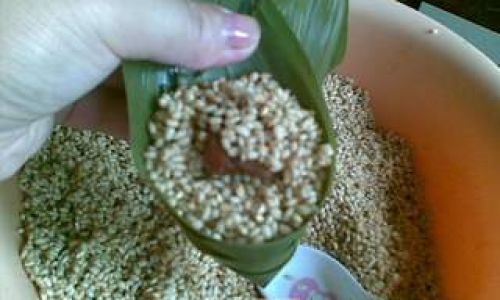
Variations and Modern Twists
While tradition is revered, contemporary cooks often experiment. Vegetarian versions swap pork for mushrooms and tofu, while spice enthusiasts may add Sichuan peppercorns. Some even incorporate ingredients like truffle oil or dried cranberries for a fusion twist. However, purists argue that altering the classic recipe dilutes its essence—a testament to the dish’s timeless appeal.
Troubleshooting Common Pitfalls
- Leaky Wrappers: Ensure leaves are adequately softened and tied securely. Overstuffing can also cause leaks.
- Undercooked Rice: Steaming time depends on zongzi size; larger dumplings may require additional time.
- Dry Texture: Overcooking or insufficient marination can dry out the filling. Monitor steaming closely.
- Bland Flavor: Marinate ingredients generously and balance sweet and savory elements.
Preserving and Reheating
Leftover zongzi can be refrigerated for up to a week or frozen for three months. To reheat, steam for 15–20 minutes or microwave with a damp paper towel to retain moisture. Avoid boiling, as this can disintegrate the leaves and alter texture.

Conclusion: A Labor of Love
Crafting Chaozhou zongzi is more than a culinary endeavor—it’s a meditation on tradition, patience, and the joy of sharing. Each step, from marinating meat to folding leaves, connects you to centuries of cultural heritage. While the process demands precision, the result is a symphony of flavors that transcends time and place. Whether enjoyed during a festival or as a comforting homemade meal, Chaozhou zongzi embody the heart of Guangdong’s culinary legacy. So gather your ingredients, embrace the rhythm of preparation, and savor the reward of a dish that nourishes both body and soul.
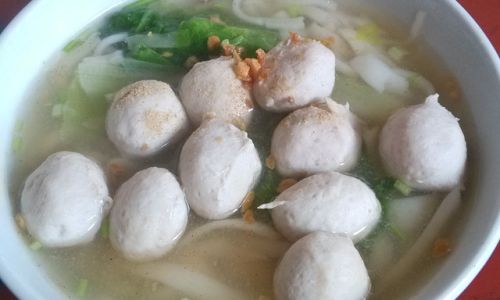
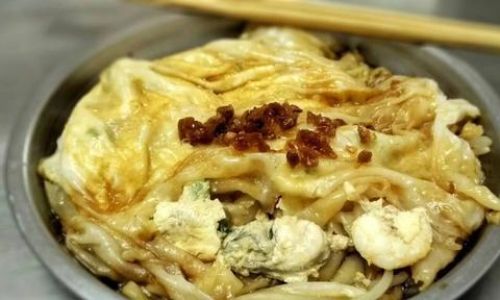
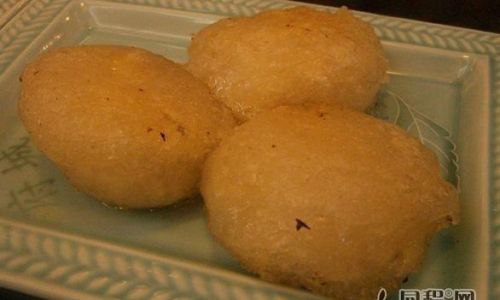


0 comments